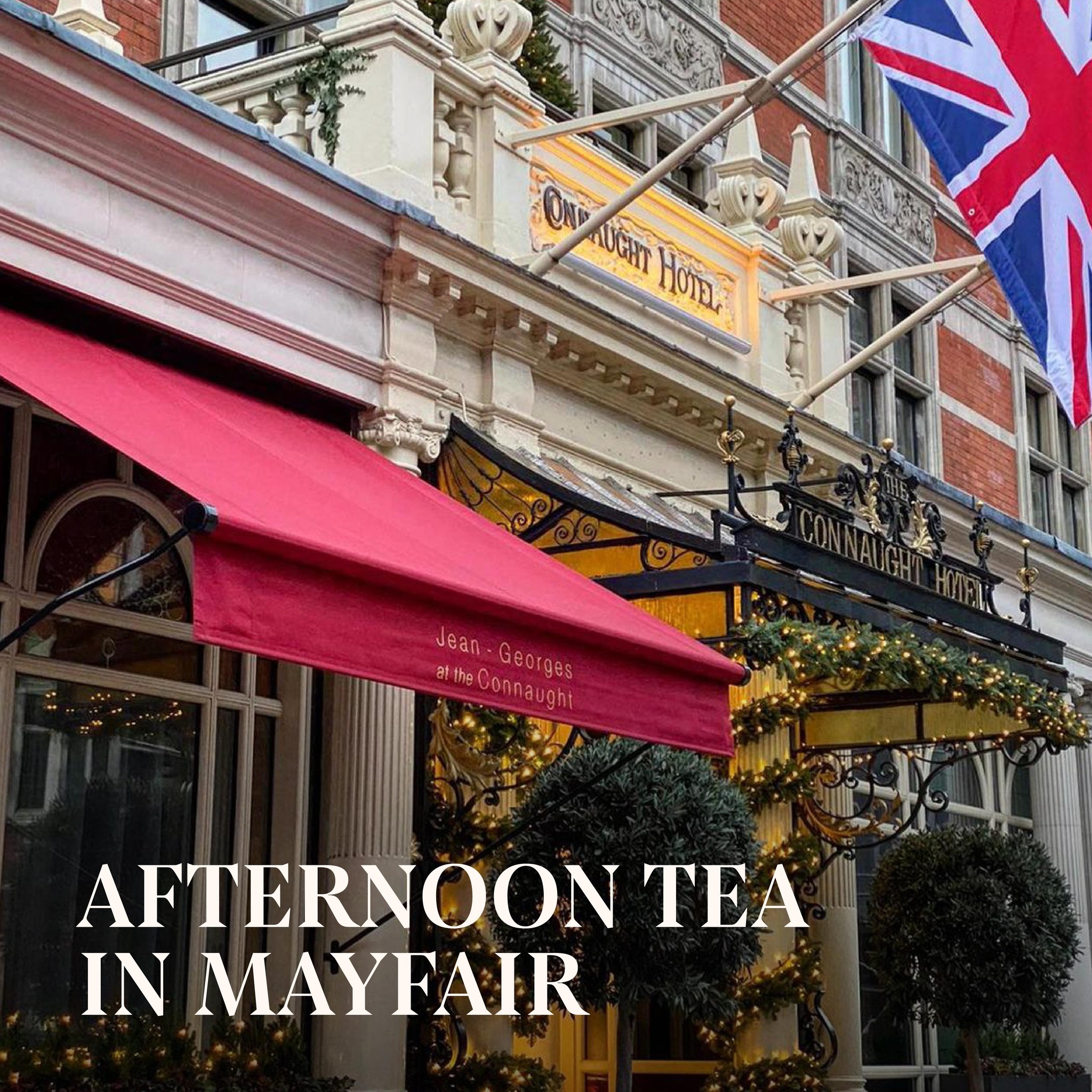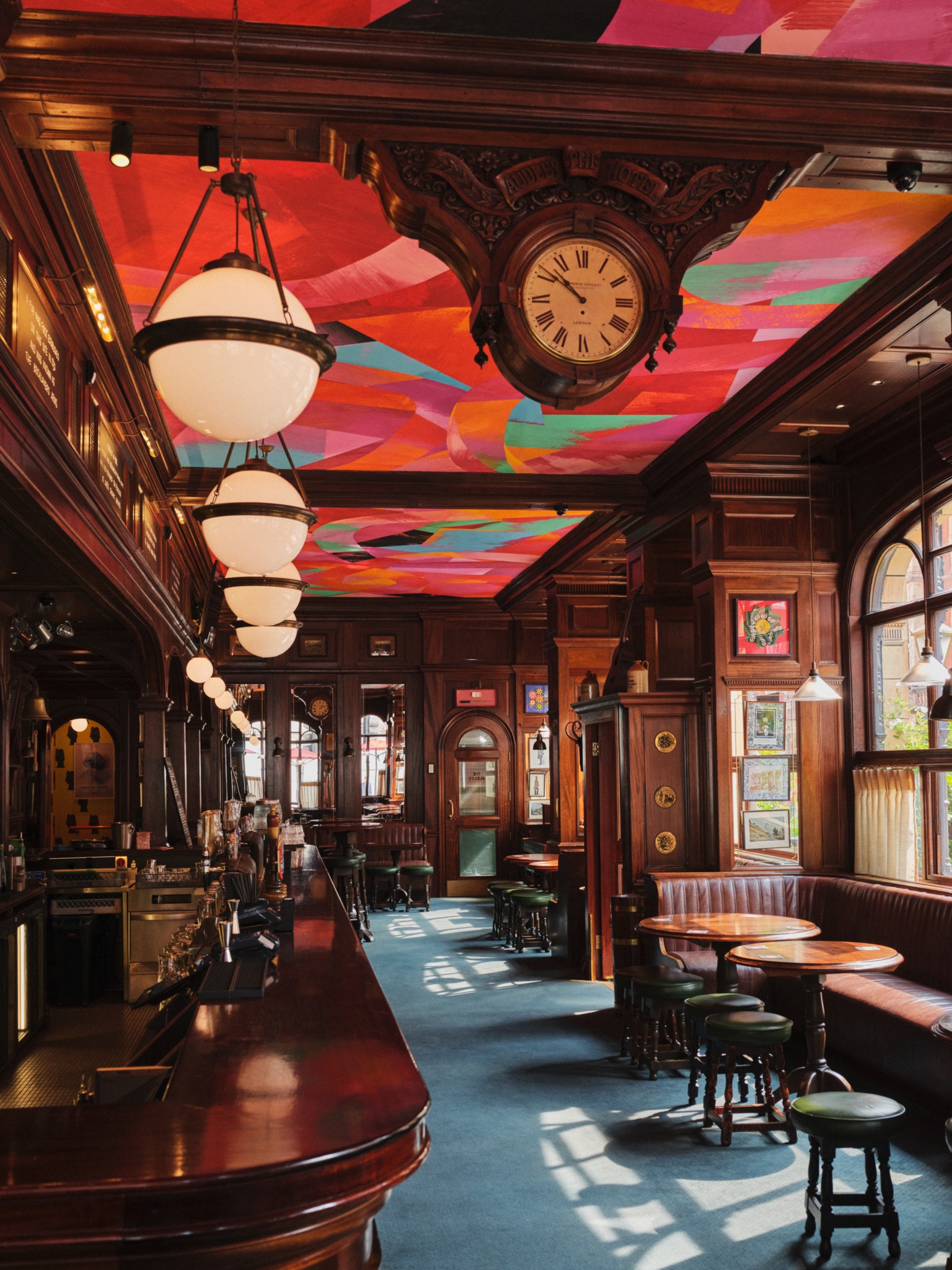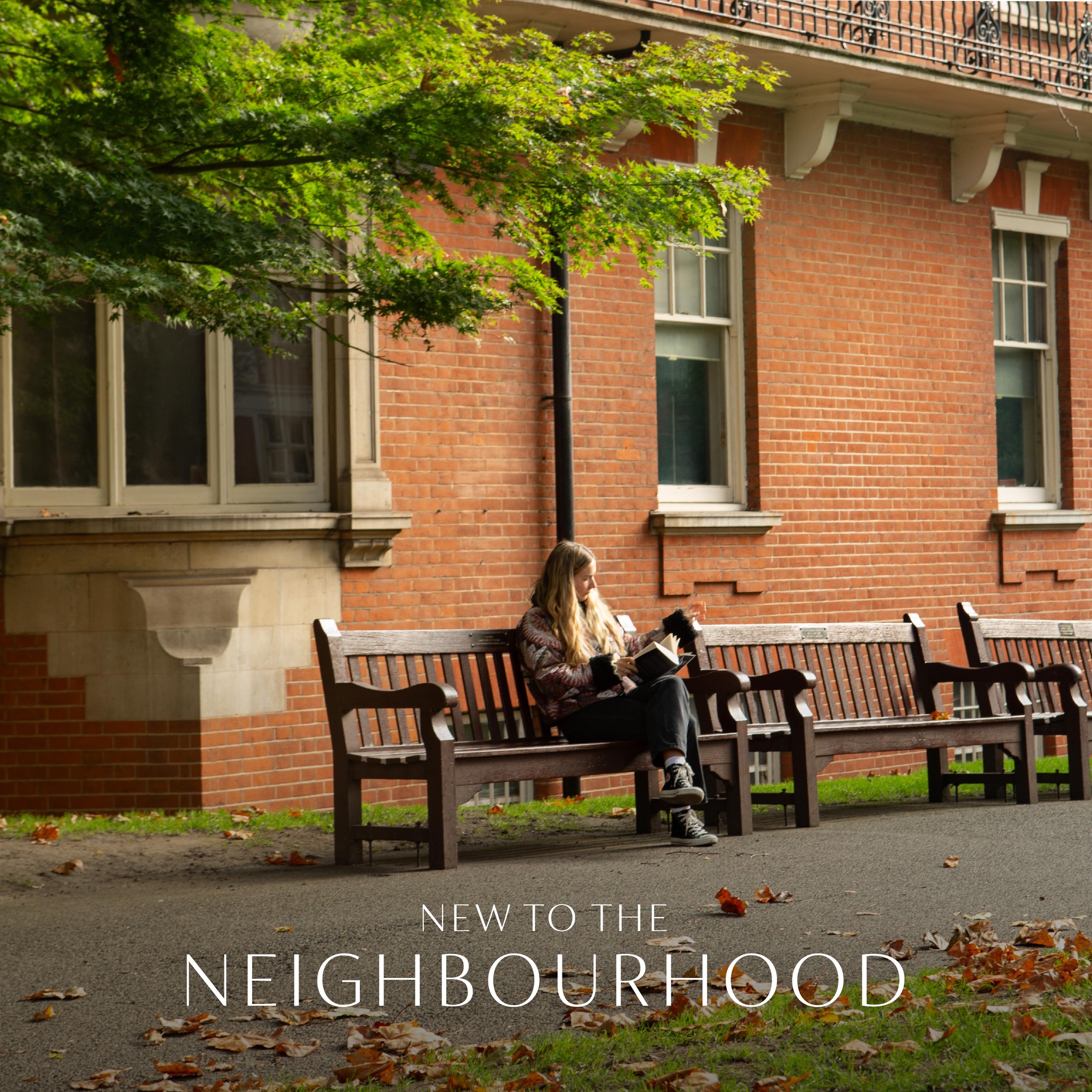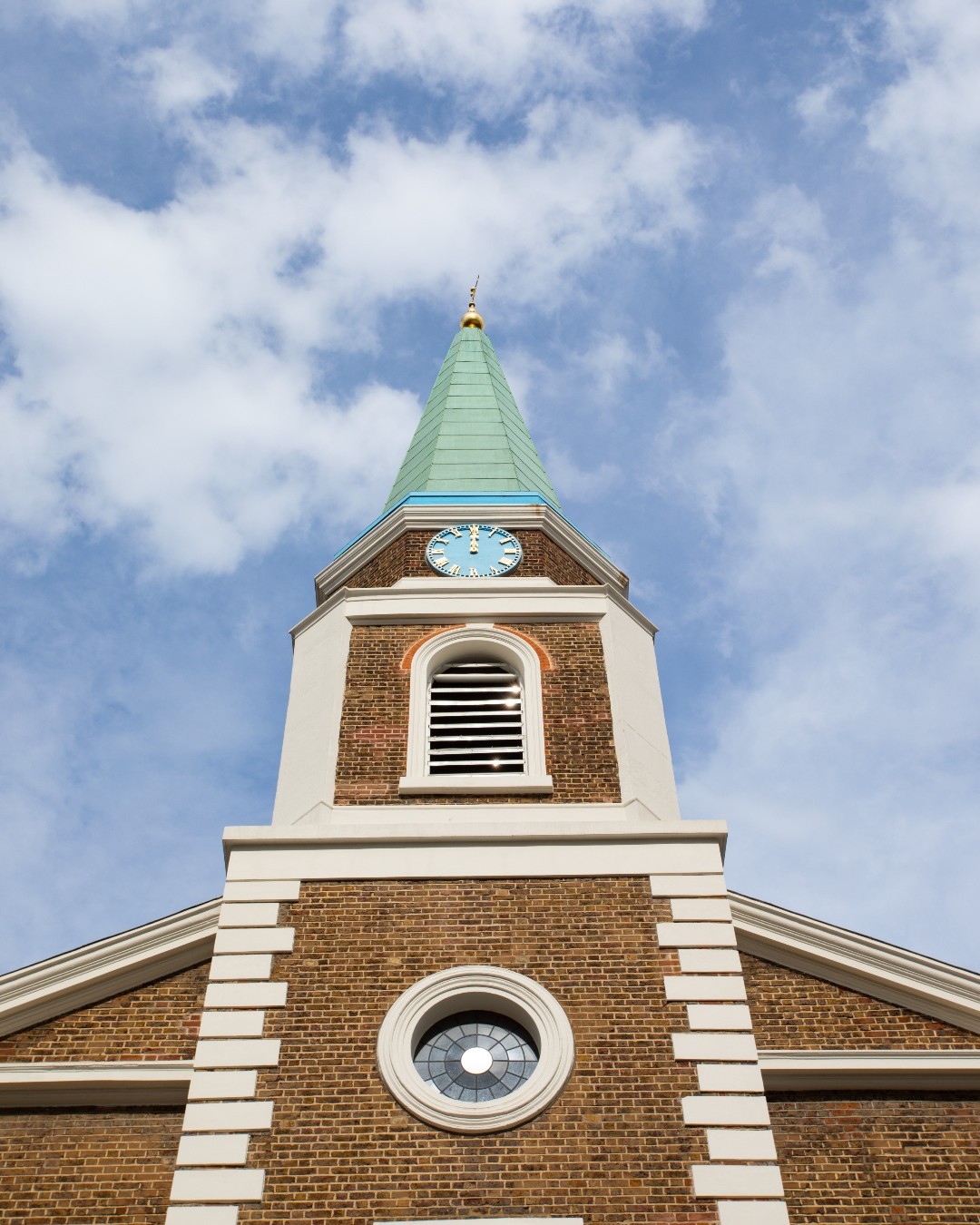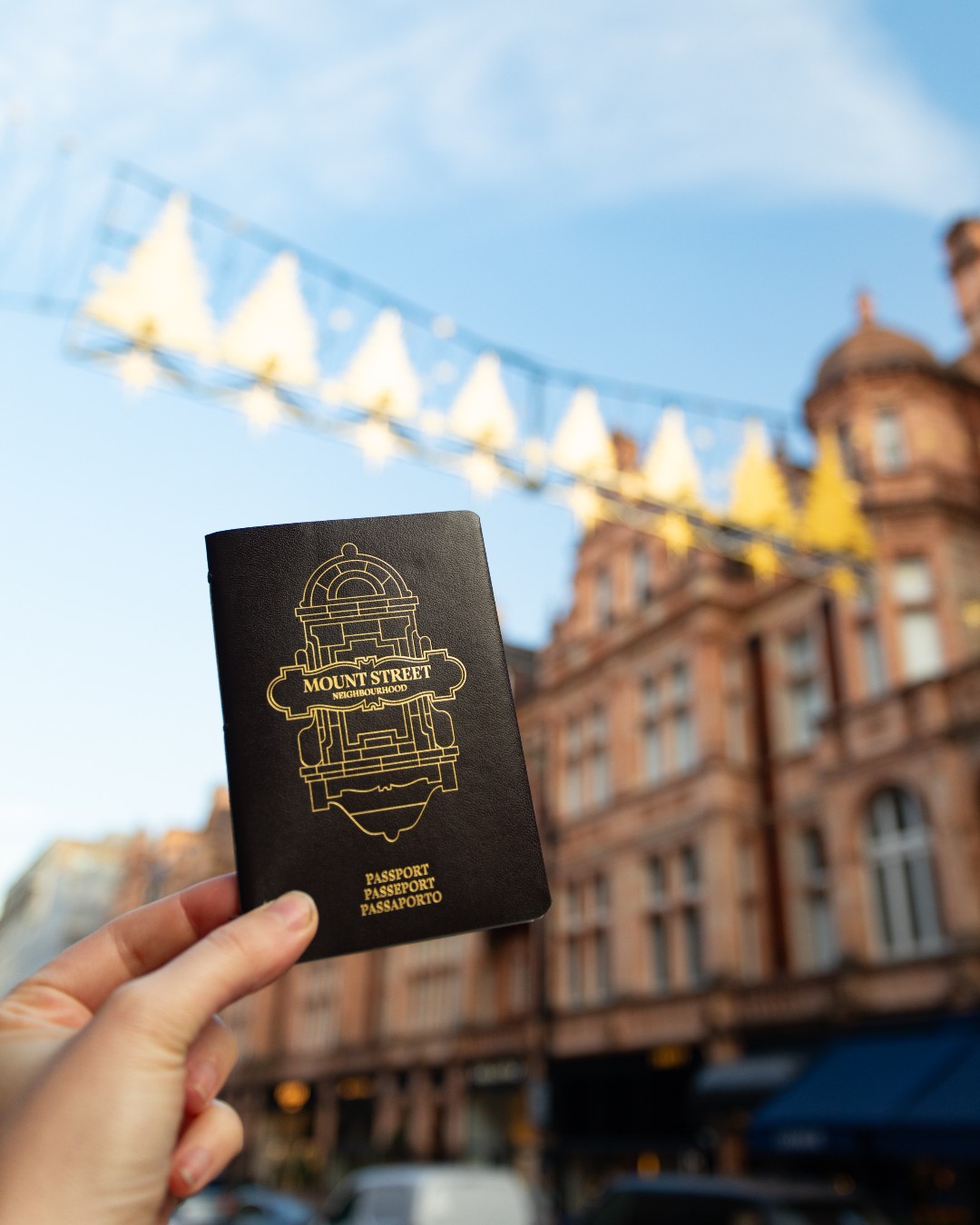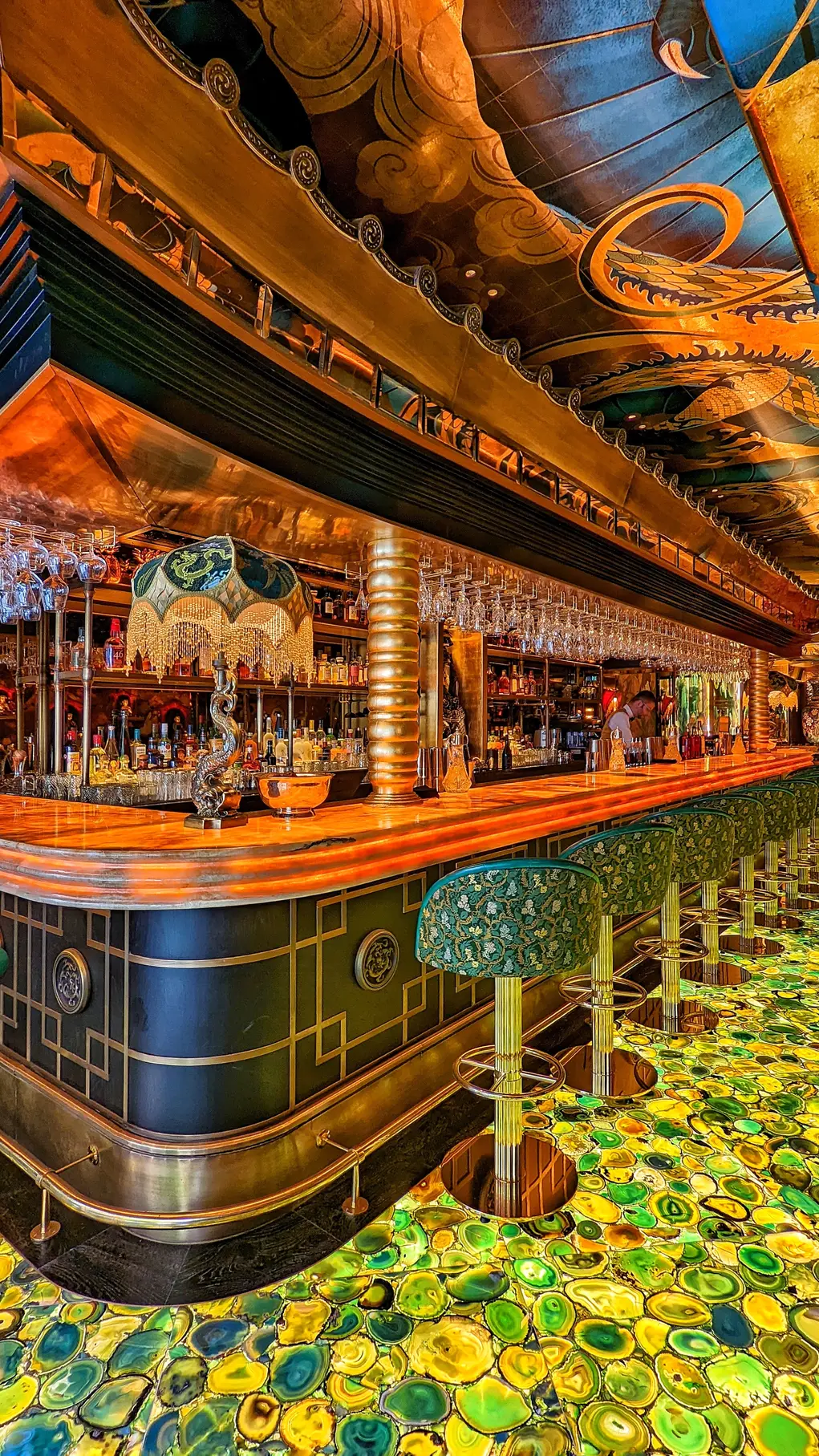Behind Bridgerton: Regency Fashion
Regency diets and the quest for perfect silhouettes made for an interesting combination – both for men and for women. Early on in Bridgerton, Prudence Featherington, who lives in Grosvenor Square, is strapped into a corset before making her debut at Court. ‘Mama’ (Lady Featherington) remarks that she could once squeeze her waist into the ‘size of an orange-and-a-half’. The Duchess of Rutland, a famed Society beauty, allegedly achieved this in real life. Prudence Featherington ends up fainting in front of the Queen.
Bridgerton opening scenes: Lady Featherington & Prudence Featherington
As for men, the Prince Regent – a man of considerable appetites – was known to wear a corset, too. Pressure to conform to an ideal military or equestrian physique – slender-waisted, broad-shouldered – drove the growth of Savile Row tailoring, whose origins lay in surgeons adapting clothes to physical deformities. The classic Regency combination of boots, breeches (or pantaloons) and cutaway coats favoured ‘fine leg’, causing false calves to be introduced to attain the desired curvature.
Mercifully, women’s fashions became less ostentatious and restrictive around the time of the French Revolution. Events in Paris have always been influential in London; it is just as evident today in shops such as Lanvin and Roland Mouret in Mount Street and Carlos Place as it is in Bridgerton, where a ‘modiste’ (dressmaker) has a leading role. Greek themes were favoured as fashions paid homage to earlier democracies in place of older monarchies and aristocracies.
For the Daphne Bridgertons of this world, clothes became simpler, looser – freer. Thin muslins and other light fabrics were selected for dresses that were confined by only a ribbon tied high under the breasts. These dresses were still styled to enthral. Not only did the greater freedom of movement lend a more natural and becoming gait, but dresses were also low cut. Additionally, muslin could be damped down to accentuate the natural contours and curves. Of course, reticence remained crucially important. Gloves were de rigueur – which is what lends the bare hand touch in Bridgerton’s third episode its erotic charge.
Men’s fashions followed a similar course. This was the era of fashion leader Beau Brummel, who boldly eschewed the ostentation preferred by the Prince Regent in favour of self-control. Gentlemen wore their clothes rather than the other way round. The emphasis was now on subtle yet fine fabrics, very well-cut garments and exemplary tailoring – an English style recognisable today in the boutiques around Mount Street. The drama was left to contrasts – say the juxtaposition of a navy coat and buff breeches – plus the details, notably cravats.
Anthony Bridgerton and the Duke of Hastings: typical men’s Regency attire
Brummel’s ‘toilette’ was an event to be witnessed, drawing spectators from the nobility (the Dukes of Bedford, Beaufort and Rutland all watched and learned). For at least two hours, Brummel would administer his ‘ablutions’, leaving his body lobster pink. The main event was the elaborate tying of his starched white cravat. The slightest mistake required him to start over with fresh linen. It might all sound self-indulgent, but he was widely regarded not only as a fashion leader but also as an artist, and the philosophy behind his attention to details is found today in shops such as Creed, the bespoke fragrance makers in Mount Street.
For women, lavishly applied cosmetics were out of favour. The bare-skinned, rosy-cheeked natural look was popular, which was fortunate; cosmetics at this time often contained white lead among other poisonous ingredients. Hairstyles matched dress styles in becoming simpler, more comfortable. Hair was drawn up into chignons or ponytails, or cut shorter – ‘à la Victime et à la Guillotine,’ lamented one baronet. Ringlets framing faces mimicked Greek statuary.
Jewellery could also be restrained – not least because of its cost – but the ‘ton’ was in thrall to diamonds following the refinement of the ‘brilliant cut’ introduced in the 1710s. Diamonds were fashioned to take maximum advantage of day and candle light, and when it came to making an entrance, they combined with exotic feathers that were typically so tall they couldn’t fit in carriages.
Dresses and jewellery might be less ostentatious, but feathers were typically too tall for carriages
Women’s shoes were hidden under dresses and were low-heeled, designed with comfort in mind. Ladies would take several pairs of dancing slippers to a ball, so quickly did they wear out. Men’s footwear evolved in at least one notable way. The Duke of Wellington popularised a boot that he designed for walking – shorter and lighter than conventional riding boots, with more give at the heel (and quite different to the gumboots we know today as ‘wellingtons’, available at say the flagship Barbour shop in Duke Street).
‘Reticules’ (handbags) were introduced to keep keys and other items safe, as new dress styles no longer accommodated discreet pockets. To stay warm, women slipped on pelisses – waist-long coats – in addition to gloves and muffs. For gentlemen, a key accessory was the snuff box, sported as much for the ceremony of opening one as for its functional purpose. Dandies perfected opening them with the flick of a left thumb, which also showed off their perfectly manicured hands. They took to using ‘quizzing glasses’ for people watching, though their real motive might have been to make themselves more watchable.
Back at Court, formal splendour still ruled, as attested US Ambassador Richard Rush, who described the reception for the Queen’s seventy-fourth birthday in 1818. As with Prudence Featherington, it would have been a short carriage ride for Rush from Grosvenor Square to St. James’s Palace. Upon arrival, no fewer than a thousand ladies were present – ‘a waving field of feathers’, he marvelled. ‘The diamonds encircling them caught the sun through the windows, and threw dazzling beams around. Then the hoops! I cannot describe these.’
Daphne Bridgerton and the higher-waisted Grecian/classical look popular after the French Revolution
Rush indicates very well the effect that these plumes, diamonds and hooped dresses had on the grave statesmen and other onlookers – ‘an effect so unique, so fraught with feminine grace and grandeur, that it seemed as if a curtain has risen to show a pageant in another sphere.’ He concludes, ‘I had already seen in England signs enough of opulence and power. Now I saw, radiating on all sides, British beauty…’
Written by Daniel Pembrey
Photos of Bridgerton cast courtesy of Netflix
To find out more about Mayfair today, follow us on social @Mayfair_LDN


